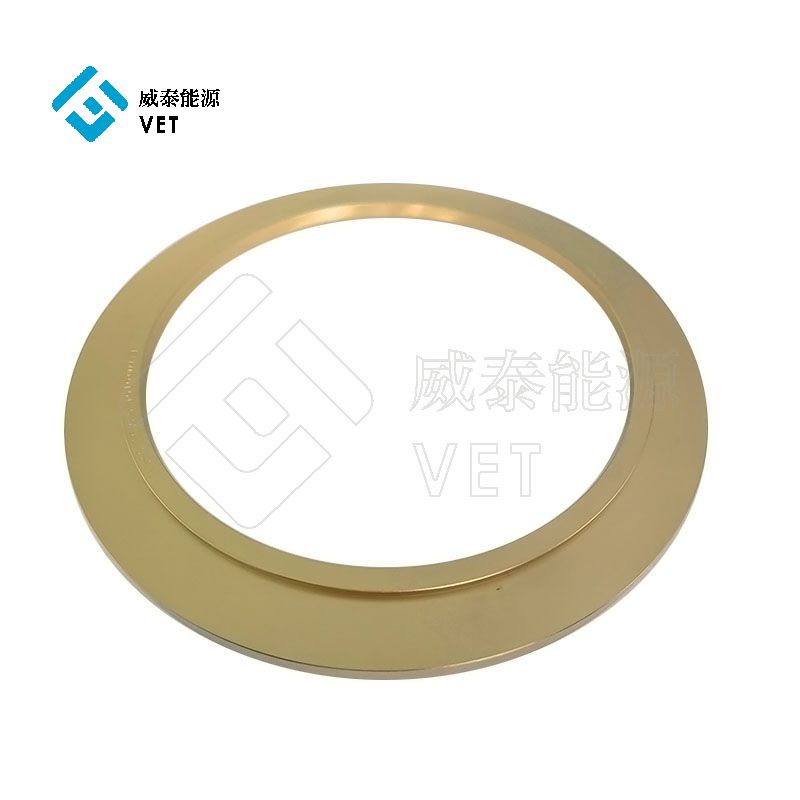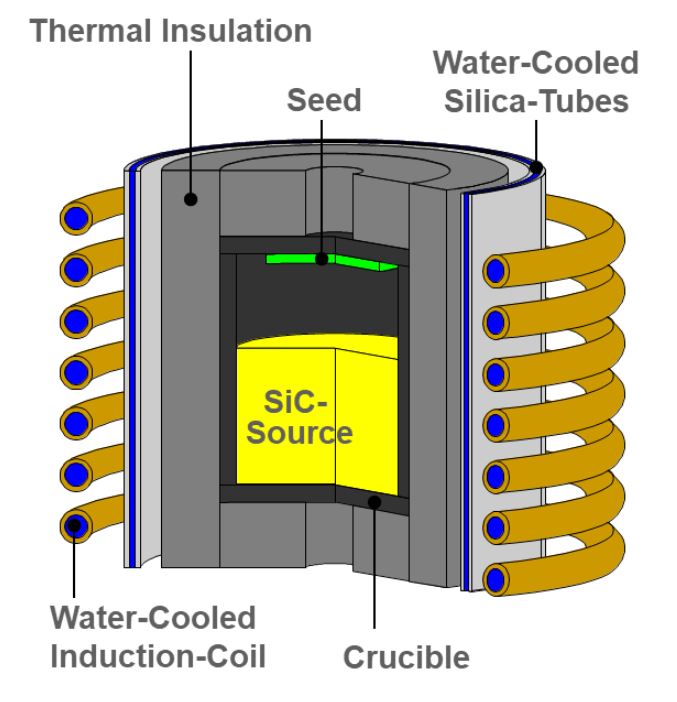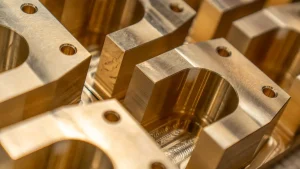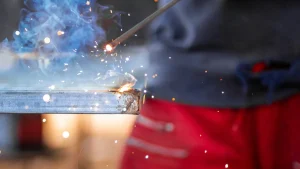When growing single crystals, you need materials that can handle extreme conditions without compromising quality. TaC coatings excel in this role due to their unmatched thermal resistance, chemical stability, and mechanical strength. Studies show TaC-coated systems increase crystal yield by 20% and reduce defect density by 30%, outperforming SiC coatings. Researchers also found that TaC-coated crucibles produce larger, more uniform crystals, ensuring superior results. Additionally, the use of SiC coatings is prevalent, but TaC coatings provide distinct advantages. These benefits make TaC coatings, along with carpro SiC coating options, indispensable for industries like semiconductors, electronics, and aerospace, where precision and durability are critical.

Key Takeaways
- Tantalum carbide (TaC) coatings help grow crystals better. They increase output by 20% and lower flaws by 30% compared to silicon carbide (SiC) coatings.
- TaC coatings handle very high heat and block chemical changes. This keeps the crystal-growing area steady and clean.
- TaC coatings make machines last longer and use less energy. This saves money and supports eco-friendly production.
Thermal and Chemical Advantages of TaC Coating
High melting point and thermal resistance
When working with extreme temperatures, you need materials that can endure without breaking down. Tantalum carbide has a melting point of about 3,880 degrees Celsius, far exceeding silicon carbide’s melting point. This exceptional property allows TaC coating to maintain its structure and performance even in the most demanding environments. For single crystal growth, this means you can rely on TaC to handle high-temperature processes without degradation.
TaC coatings also demonstrate superior thermal resistance in experimental settings. For example:
- TaC withstands higher temperatures than SiC without cracking.
- Plasma-sprayed TaC coatings, even at 150 µm thickness, remain intact at 2,000°C.
This resilience ensures that your equipment stays functional and your crystals grow without interruptions.
| Method | Coating Thickness | Temperature | Result |
|---|---|---|---|
| Plasma Spraying | 150 µm | 2000°C | Coating remained intact without cracking |
Chemical inertness and prevention of contamination
TaC coating offers unmatched chemical stability. It resists reactions with most acids and bases, which is essential for maintaining purity during crystal growth. Its inert nature prevents unwanted chemical reactions that could introduce contaminants into the growth environment.
You can also count on TaC to act as a protective barrier. It blocks external impurities and reduces material deposition or particle adhesion. This minimizes contamination risks, ensuring defect-free crystals with superior electrical properties. By using TaC, you enhance the quality and reliability of your crystal growth process.
Resistance to oxidation and degradation
Oxidation and degradation can compromise the performance of coatings in high-temperature environments. TaC coating resists these issues better than SiC. Its chemical inertness prevents reactions with acids and bases, while its mechanical strength withstands physical stresses. This combination ensures that your crystals maintain their integrity and purity throughout the growth process.
By choosing TaC, you reduce the risk of defects and extend the lifespan of your equipment. This makes it a reliable choice for high-performance applications.
Impact of TaC Coating on Crystal Growth Quality

Enhanced purity and defect-free growth
You can achieve higher purity and fewer defects in single crystals by using TaC coatings. These coatings create a stable environment during the growth process, ensuring that crystals develop without contamination or structural inconsistencies. Their chemical inertness prevents unwanted reactions, while their mechanical strength protects against physical damage.
Studies show that TaC-coated systems improve crystal yield by 20% and reduce defect density by 30% compared to SiC-coated systems. This improvement results from TaC’s ability to block impurities and maintain the integrity of the growth environment. For industries like electronics and semiconductors, this means better-performing crystals with enhanced electrical properties.
Uniform heating and structural consistency
TaC coatings promote uniform heating, which is essential for consistent crystal growth. Their low emissivity minimizes heat radiation, ensuring even temperature distribution within the growth chamber. Additionally, their excellent thermal conductivity facilitates efficient heat transfer, maintaining stable thermal conditions.
- TaC coatings reduce temperature fluctuations, preventing thermal stress on crystals.
- Their chemical stability ensures that no contaminants disrupt the structural consistency of the crystals.
This uniformity leads to crystals with fewer defects and more predictable performance, making them ideal for high-precision applications.
Faster growth rates and larger crystal sizes
TaC coatings enable faster growth rates and the production of larger crystals. Experimental results highlight their superior performance:
| Study | Findings |
|---|---|
| University of California | TaC-coated crucibles produced larger, more uniform SiC crystals due to superior thermal resistance and chemical stability. |
| National Institute of Standards and Technology (NIST) | TaC’s high hardness and strength reduced defects in SiC crystals, improving structural integrity. |
| Comparative Analysis | TaC-coated systems showed a 20% increase in crystal yield and a 30% reduction in defect density compared to SiC-coated systems. |
By using TaC coatings, you can optimize your crystal growth process, achieving better results in less time.
Practical Benefits of TaC Coating in Equipment and Efficiency
Durability and reduced equipment wear
You can rely on TaC coating to significantly enhance the durability of your equipment. Its chemical inertness prevents reactions with acids and bases, ensuring that your tools remain uncontaminated and functional. The mechanical strength of TaC allows it to withstand physical stresses better than SiC, reducing wear and tear in high-temperature environments.
| Mechanism | Description |
|---|---|
| Chemical Inertness | Resists reactions with acids and bases, maintaining crystal purity and equipment integrity. |
| Mechanical Strength | Withstands physical stresses, enhancing durability in demanding growth environments. |
| Reduced Defects | Minimizes contamination, ensuring a controlled environment for crystal growth. |
| Enhanced Material Yield | Increases the conversion of raw materials into high-quality crystals. |
This durability reduces the frequency of equipment replacements, saving you time and money while ensuring consistent performance.
Energy efficiency and cost-effectiveness
TaC coating optimizes thermal management, minimizing heat loss due to its low emissivity. This property allows your growth chamber to retain energy more effectively, reducing power input while maintaining consistent temperatures. Uniform heat distribution further improves energy utilization, lowering energy consumption.
The cost-effectiveness of TaC coating becomes evident in large-scale production. By protecting equipment and enhancing energy efficiency, it reduces operational costs. Faster crystal growth and higher-quality output also increase production throughput, making it a financially sound choice for industries requiring high-performance crystals.
Long-term sustainability in production processes
TaC coating supports sustainability by extending the service life of graphite components. Fewer replacements mean less waste and reduced consumption of raw materials. Its durability minimizes breakdowns, ensuring optimal production levels. Additionally, its resistance to harsh conditions protects your equipment, promoting safe and efficient operations.
By choosing TaC coating, you contribute to eco-friendly practices while maintaining high performance in your production processes.
For more product details, please contact steven@china-vet.com Or website: www.vet-china.com.






